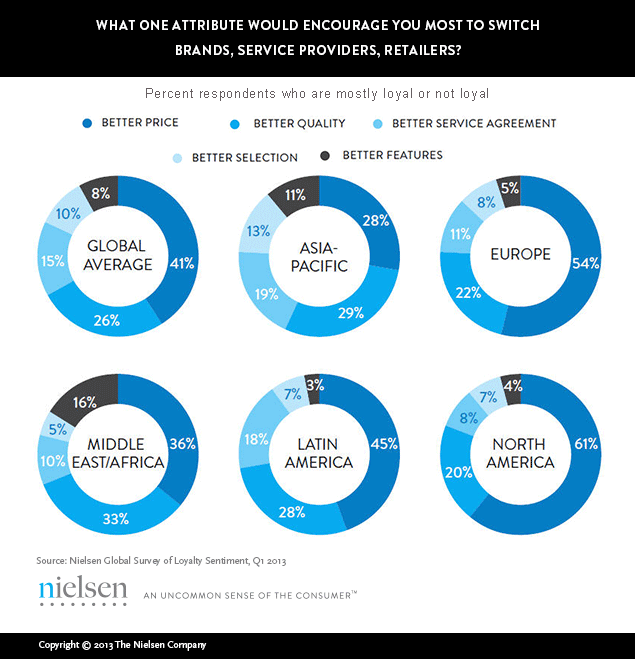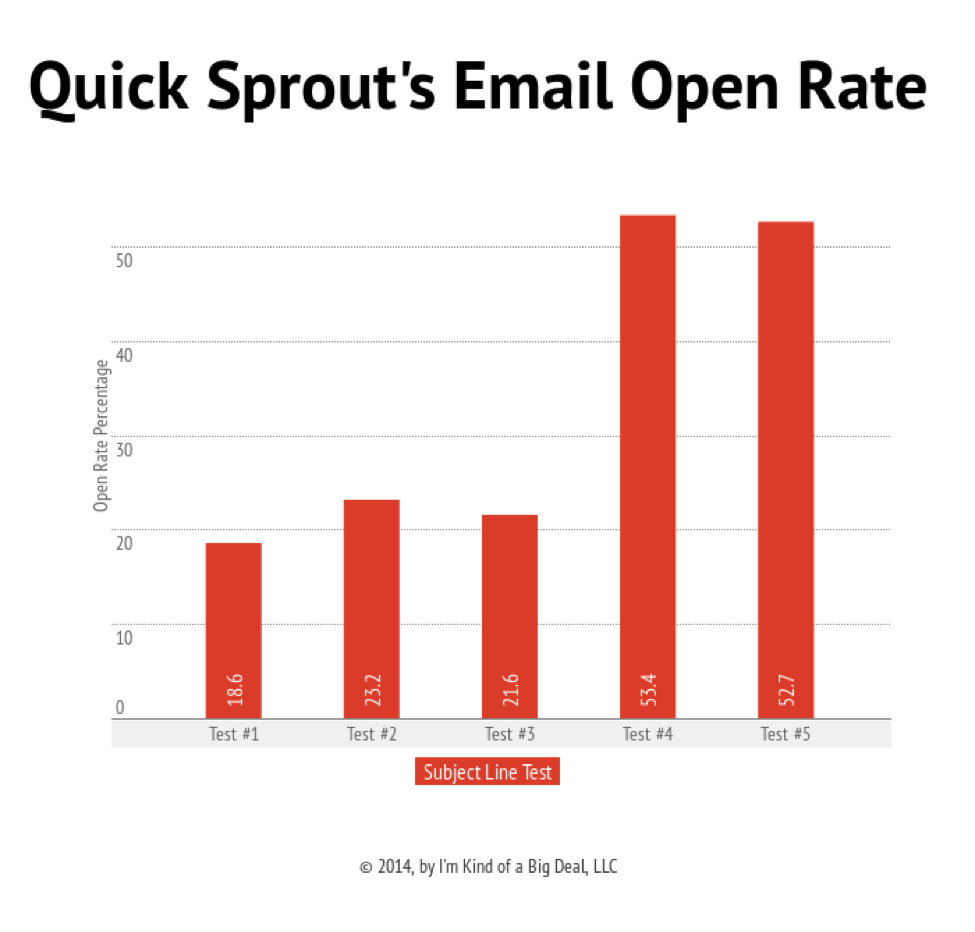Covid-19 has changed our life completely. It affects us emotionally as well as economically. The whole world is facing a major loss in their businesses. But in such a situation, we are unable to do anything for safety reasons. So we have to work in the lockdown situation to run the business.
But how can we work in a pandemic with safety?
The answer to all of your problems is the queue management. Managing a big crowd is not an easy task during this pandemic. But we can handle it with more care and with better queue management software.
We don’t know how long this virus will go but we can’t stop working. For better working and managing everything accurately, you need a booking software to work hassle-free. The software helps in keeping the record and working effortlessly.
The queue management software will make the work easy for every kind of business owner. With this, they can book the appointment from anywhere and anytime.
The other benefit of queue management software is making everything web-connected. The queue management software enables the utilization of the best services and activities which helps to access the online system by simply clicking on the button.
Your customer can book the appointment digitally from their cell phones. The booking system provides tickets or emails according to the booking schedule.
Here in this article, we are going to review the tips on how to manage queues in lock down.
Table of content
Ways to manage queue at your business during lockdown
Take all the precautionary measures
Ways to manage queue at your business during lockdown
Online queue system
Technology makes everything easy. You can book an appointment, cancel or reschedule in a single click. The online system can handle the queues digitally. This is the easiest way to manage your clients.
With the online queuing, your clients can send their details through email or text message. On the date of the appointment, your staff will send the reminder of your turn. On the date of the appointment, your clients can wait safely in their homes or cars. Staff members will send you a message timely.
If you use a queue management system then the major concern of virtual queuing is to empty the space as much as possible.
Booking through social media
Social media has become an integral part of life in every aspect. Almost every other person is on social media. In this pandemic, people are more relying on social media to get the right information about each and every aspect. So it is necessary to make the online presence using social media. This is the biggest platform to connect with a large number of people and book appointments easily. Your clients can keep a check about the new updations more often to get the latest updates.
You can contact your clients through social sites like Facebook, Twitter, Instagram, etc. It can be a very useful way to get maximum clients. Try to post about the working of your office that shows how safely you work. This will give your clients the confidence to reach your office.
Take all the precautionary measures
Whenever your client visits your office; it is important for you and them to follow the safety measures given by WHO. Make sure you paste the guidelines on different places so that everyone can read and follow the instructions such as:
- Wash hands with soap or an alcohol-based sanitizer.
- Maintain at least 1-meter distance.
- Stand on the marks into crowded places to maintain distance.
- Avoid touching eyes, nose, and mouth as these can transfer the virus to your eyes, nose, or mouth which will further enter your body and infect you.
- Cover your mouth and nose with a mask to reduce the spread.
- Do self-isolation even with minor symptoms such as cough, headache, mild fever, until you recover.spread of viruses and other infections.
- Keep updated with the latest information.
You can send the message daily to your regular clients so that they follow the guidelines before entering. Your company must make sure that the working area must be properly sanitized.
Online money transfer
To stop the crowd and infection, you can follow one rule for sure is online payment. This is the best way to stop spreading some of the focus onto your paying users. Customers can pay through the different payment gateways like a credit card, mail chimp, Zapier, etc. Electronic payment is always an easy and effortless option than a cash payment.
With this, they can provide you with email support to those who are paying online. This provides safety in data transfer and prevents you from any fraud. By putting that requirement in place helps to focus on users who are paying online to get maximum productivity.
Reduce overbooking
You might have seen the scenario where two clients can book the appointment at the same time. Overbooking is not new for the business. This is the major drawback of the manual booking system.
But online scheduling helps to avoid overbooking. The online system sets everything in place by not doing anything repeatedly. Booking software automatically pops up the message if the appointments are booked twice by clients. This reduces the redundancy in the task.
Automatic ticket generation
Automatically ticket generation is the best way of working. This allows them to follow up with a reply in their queue or view, and they are primarily responsible for the entire interaction, along with finding a solution to the problem.
This can be handled with the queue management system. The entire support team works from an unassigned queue. The most significant is a queue management tool that allows users to easily access the information of the queue.
Wrapping up
Above, we have discussed some of the ways to manage your business with the queue system.
Being a responsible business owner it’s crucial for you to help your staff and clients. For safety in the work, make sure you follow the right instructions. This will help to build the trust of the clients that you are mostly concerned about.
Your small effort can make your business better in the competition. Hopefully, this article will give you the best knowledge.
Your suggestions and queries are welcome. Feel free to ask in the comment section below.
Thank you for reading!!
Author Bio:
Yi Ling Liu is associated with Salonist, a smart salon software for all types of beauty & amp; wellness industries. She assists business owners on how to grow their business through fully featured software.

























